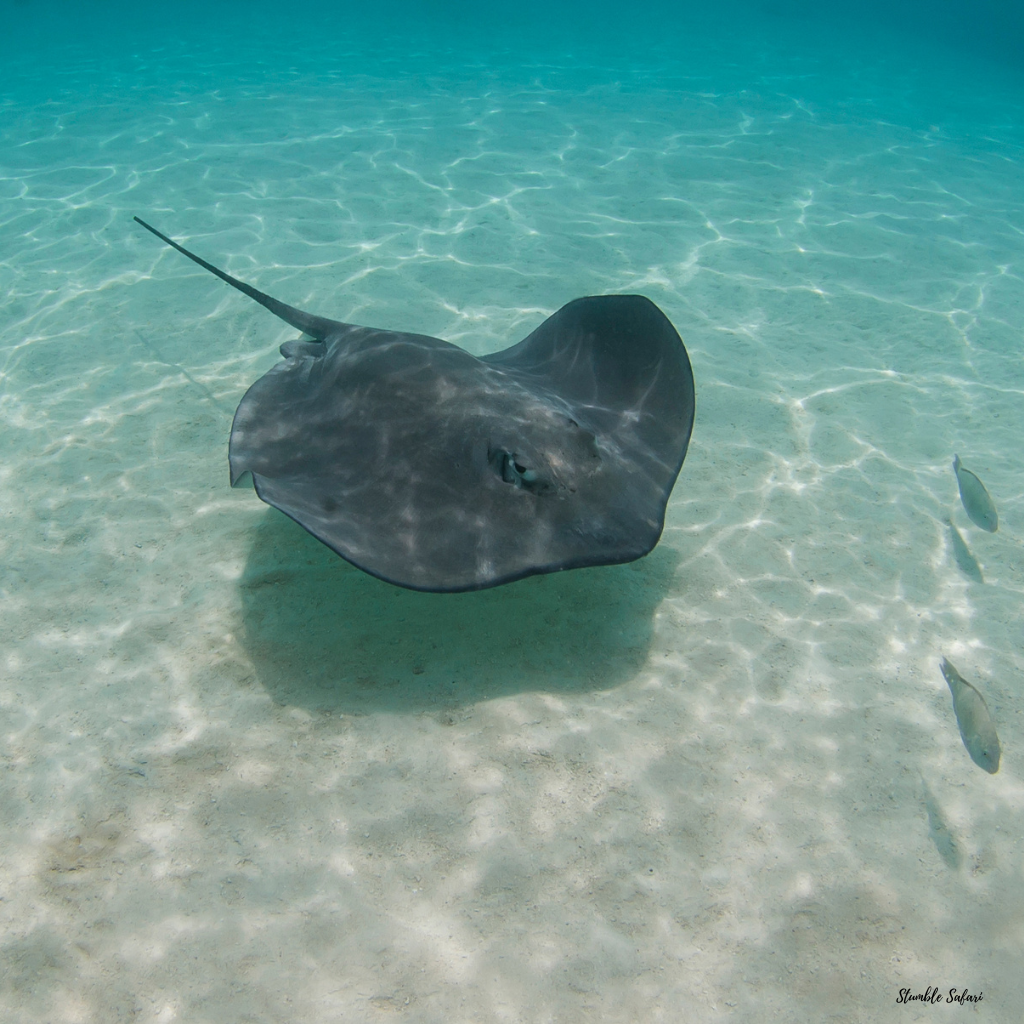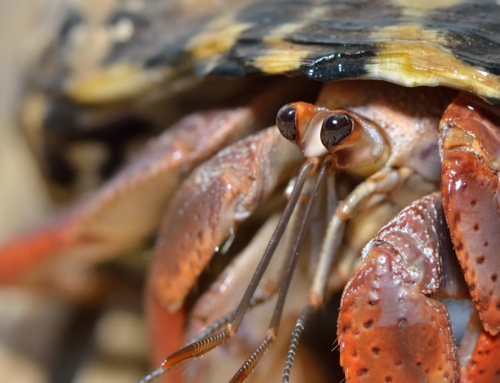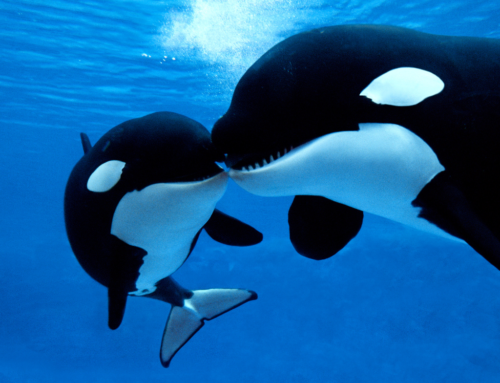
The internet was taken by storm in February of this year when Team ECCO Aquarium & Shark lab in North Carolina announced that Charlotte the stingray, their captive round stingray, was pregnant, but they didn’t know how. After the news went viral, the aquarium went eerily silent until recently with some upsetting news about the famous stingray.
Who is Charlotte the Stingray?
Charlotte is a round stingray that resides in the Team ECCO Aquarium and Shark lab. The aquarium and research center is located in Hendersonville, North Carolina. The female stingray was rescued from a private residence so her exact age is unknown, but she is estimated to be between 12 and 16 years old. The average lifespan of a round stingray is 14 years. In February 2024, Team ECCO founder and executive director Brenda Ramer announced that the stingray was pregnant. The shocking part of the announcement is that Charlotte is the only stingray in her exhibit tank, so it was unknown how it occurred.
News of Charlotte’s Miracle Pregnancy
Charlotte’s seemingly miracle pregnancy announcement went viral on TikTok and other social media sites. The staff at the aquarium and ray experts were stumped on how Charlotte may have gotten pregnant. There are two main theories:
Asexual reproduction
Parthenogenetic pregnancy is a form of asexual reproduction that sometimes occurs in nature when there are not enough males around to reproduce sexually. When these “virgin births” occur, the offspring are essentially clones of the mother due to a lack of genetic information from a male. Though rare, parthenogenic pregnancies have been observed in animals such as rattlesnakes, honey bees, and sharks. Team ECCO announced that Charlotte was the first ever recorded round stingray to become pregnant asexually.
A hybrid ray shark baby
The second theory is that Charlotte was somehow impregnated by one of the small sharks in her exhibit. Sharks and rays are closely related, so this theory isn’t as far fetched as it sounds. However, the theory was quickly ruled out as it was determined the DNA was not related enough to create offspring. In addition, Charlotte would not have been able to physically mate with any of the sharks in her exhibit due to size and anatomical differences.
Was Charlotte the Stingray ever Pregnant?

Charlotte’s public ultrasound indicating signs of pregnancy
A few weeks after the original news of the stingray pregnancy, the aquarium staff were strangely quiet for multiple months. After four months of waiting, the aquarium announced that Charlotte was not actually pregnant – she had a reproductive disease.
Charlotte had been suffering from an enlarged uterus, cystic ovaries, and unovulated eggs. On ultrasound, these symptoms mimic the signs of pregnancy in rays, and the aquarium was excited to announce the news. Reproductive disorders are not well understood or documented in rays, so the idea was likely not their initial reaction. Unfortunately, a 2019 study in the American Journal of Veterinary Research did provide evidence suggesting that reproductive disorders are far more common in older stingrays kept in aquariums, affecting around 65% of them.
What we can learn from Team ECCO
I have seen many videos on TikTok, Instagram, and Facebook accusing Team ECCO of intentionally ignoring Charlotte’s condition to gain attention and increase their profits. While I do not think this is what happened, Charlotte should have been better examined and received additional testing due to her advanced age and rarity of parthenogenetic pregnancies in stingrays.
A stingray’s body is entirely cartilage, making it very difficult to use diagnostic imaging such as x-rays and ultrasounds. The aquarium team did see signs of pregnancy on the ultrasound they took on a Facebook live event. However, it has been reported that they were not very well trained on the ultrasound equipment and likely did not know what to look for in terms of health conditions that show similar signs of a pregnant stingray. In addition, Charlotte should have been examined when the average gestation period for stingrays came and went without any sign of baby stingrays in the exhibit.

Charlotte in her tank
In my opinion as someone who worked in emergency veterinary medicine for an extended period of time, the aquarium team did Charlotte a disservice by not checking in on her more frequently. The aquarium keepers may not have wanted to disturb her or cause her stress, which is understandable given they thought she was pregnant. However, Charlotte is considered very old in stingray years. As a result, she is more likely to develop health issues and complications, pregnancy related or not. I believe that the initial announcement was made out of excitement of a new scientific development at the aquarium & shark lab. Charlotte would have been the first-known round stingray to become pregnant asexually. However, I also believe that the team may have been caught off guard by the influx of popularity and money from the news that they did not want to believe anything was wrong with Charlotte.
Where is Charlotte the Stingray now?
Charlotte is now receiving veterinary care from qualified veterinarians and recovering from her reproductive condition. The Appalachian aquarium is currently closed to the public, likely due to the backlash they have received about delaying Charlotte’s medical care. Hopefully, Charlotte will make a full recovery despite her advanced age.
Are aquariums ethical to visit?
Many critics are denouncing aquariums and other locations that have captive wildlife. Zoos, aquariums, and research sites have massive benefits for wildlife and environment conservation worldwide, when done properly. There are definitely unethical animal destinations that label themselves as a zoo or aquarium that are vastly different than their ethical counterparts. When in doubt, choose to go to a zoo or aquarium certified by the Association of Zoos and Aquariums (AZA). AZA zoos and aquariums are held to the highest standard, required to participate in multiple environmental outreach programs, and are constantly changing and updating to match research on animal care and husbandry. Team ECCO is not an AZA accredited aquarium, and likely did not have the resources or expertise to handle Charlotte’s condition right away.










Leave a Reply